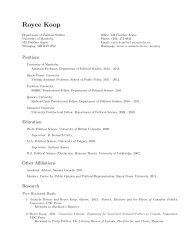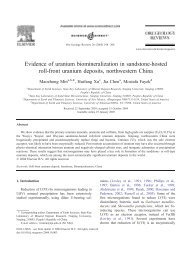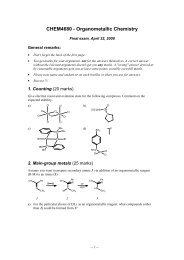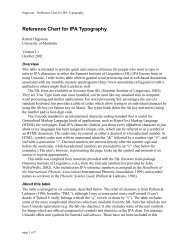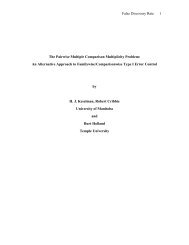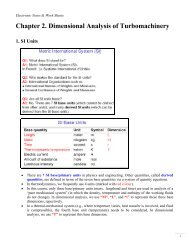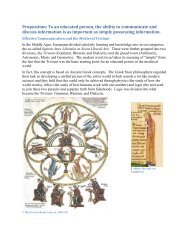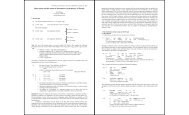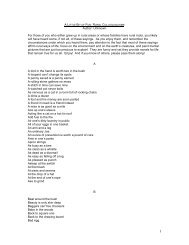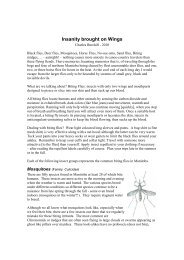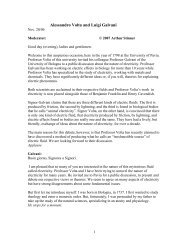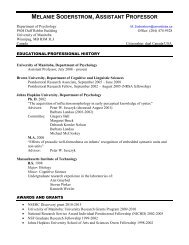Extremal problems for affine cubes of integers - University of Manitoba
Extremal problems for affine cubes of integers - University of Manitoba
Extremal problems for affine cubes of integers - University of Manitoba
Create successful ePaper yourself
Turn your PDF publications into a flip-book with our unique Google optimized e-Paper software.
1.1 Arithmetic progressions<br />
In 1927, van der Waerden published his well known partition theorem <strong>for</strong><br />
<strong>integers</strong> (see also [36] <strong>for</strong> history <strong>of</strong> its pro<strong>of</strong>).<br />
Theorem 1.1 (van der Waerden [35]) For every pair <strong>of</strong> positive <strong>integers</strong><br />
k and r, there exists a least n = W (k, r) so that <strong>for</strong> any partition <strong>of</strong><br />
[1, n] into r classes, one class contains an APk.<br />
For more pro<strong>of</strong>s <strong>of</strong> van der Waerden’s theorem we refer the reader to any<br />
<strong>of</strong>, <strong>for</strong> example, [3], [13], [15], [19], [20], or [30]. The function W(k, r) is<br />
primitive recursive (see [30]), and aside from a few small values, not much<br />
more is known about upper bounds <strong>for</strong> W(k, r).<br />
In 1946, Behrend proved a (lower bound) density result <strong>for</strong> subsets <strong>of</strong><br />
[1, n] not containing any AP3. (See [9] and [10] <strong>for</strong> related results.)<br />
Theorem 1.2 (Behrend [1]) There exists a constant c so that <strong>for</strong> m<br />
sufficiently large, there exists an AP3-free set B ⊂ [1, m] with<br />
1.2 Affine <strong>cubes</strong><br />
|B| ≥ me −c√ ln m = m 1−o(1) .<br />
In 1892, Hilbert [22] proved the first non-trivial partition Ramsey-type<br />
theorem. This theorem, which preceded the celebrated Schur and van der<br />
Waerden theorems, states that in any finite coloring <strong>of</strong> the set <strong>of</strong> positive<br />
<strong>integers</strong>, there exists a monochromatic “<strong>affine</strong> d-cube” (defined below).<br />
Definition 1.3 A collection H <strong>of</strong> <strong>integers</strong> is called a d-dimensional <strong>affine</strong><br />
cube, or simply, an <strong>affine</strong> d-cube if and only if there exist d + 1 positive<br />
<strong>integers</strong> x0, x1, . . . , xd so that<br />
<br />
H = x0 + <br />
<br />
xi : I ⊆ [1, d] .<br />
i∈I<br />
If all sums are distinct, that is, if |H| = 2 d , then we say that the <strong>affine</strong> d-cube<br />
is replete.<br />
2



